PRODUCT DESCRIPTION
Micro silica is a highly reactive material used in small quantities to enhance the properties of concrete. It is a byproduct of certain metals produced in electric arc furnaces. According to the American Concrete Institute (ACI), micro silica is defined as “very fine amorphous silica produced in electric arc furnaces that is a by-product of the production of silicon alloys or silicon metal” (ACI 116R). This gray powder substance bears a resemblance to Portland cement or fly ash and is typically classified as a cement admixture. Cement admixtures refer to materials used in conjunction with Portland cement in concrete.
Micro silica exhibits the following properties:
- Pozzolanic:
Materials with this property do not gain strength when mixed with water. Micro silica and low calcium fly ash are examples of such materials. Micro silica must meet the standard specifications outlined in ASTM C1240 for cement mixtures, while low calcium fly ash must comply with the technical requirements specified in ASTM C618 for coal ash and raw and calcined natural pozzolans of grade F used in concrete.
- Cement:
Materials with this property gain strength when mixed with water. Ground blast furnace slag and high-calcium fly ash fall into this category. Ground blast furnace slag should meet the technical specifications defined in ASTM C989 for its use in concrete and mortars, while high-calcium fly ash must conform to ASTM C618 Grade C requirements.
- Pozzolanic and cement:
A combination of the properties mentioned above. Some types of fly ash exhibit these characteristics.
Micro silica is also known by other names, including:
- Condensed micro silica
- Silica fume
- Evaporated micro silica
Other materials bear physical and chemical similarities to micro silica, which may be byproducts or main products of factories. Some of these materials can be utilized in concrete, such as:
- Precipitated silica
- Fumed silica
- Silica gel
- Colloidal gel
Micro silica is incorporated in concrete to significantly improve its fresh and hardened properties. While its potential was recognized in the late 1940s, widespread use of micro silica in concrete became possible with the development of other concrete technologies. This involved the introduction and acceptance of strong dispersants, known as strong water-reducing additives or superplasticizers, in the market. It is important to note that micro silica enhances material properties and is not a substitute for cement. Cement alternatives, such as fly ash or ground blast furnace slag, can be used in conjunction with cement and micro silica.
The effects of micro silica on concrete include:
- Increased adhesion:
Micro silica concrete exhibits greater cohesion compared to concrete without micro silica, reducing the likelihood of separation. Generally, micro silica concrete with a slump of 40 to 50 mm is used to compensate for the increased adhesion. This property proves advantageous in shotcrete applications for new structures, repair projects, or support construction in tunneling operations. The use of micro silica in shotcrete enables the application of thicker layers, especially in overhead spraying, while significantly reducing material rebound. Steel fibers are often employed to enhance the flexural strength of micro silica shotcrete. Micro silica is compatible with commonly used accelerators in shotcrete applications. The benefits of micro silica become evident in the hardened shotcrete, including improved bond strength with substructure materials and between layers when sprayed in multiple layers.
- Reduced bleeding:
Micro silica concrete experiences minimal or no water loss due to its high lateral surface area and low water content. At around 5% micro silica content, bleeding is typically eliminated. Bleeding occurs when heavier constituents of concrete, such as cement and stone materials, settle under gravity before hardening, resulting in water loss. As the heavier particles settle, water, being lighter, rises to the surface. This water movement occurs through capillary channels. The evaporation of water in these channels creates pathways for corrosive agents like chloride ions, antifreeze salts, or seawater to enter the concrete, potentially causing damage. Reducing or eliminating these channels enhances the durability of concrete. Furthermore, the absence of water leakage allows for more efficient work on micro silica concrete floors. Unlike regular concrete, which requires a waiting period until the water completely stops and evaporates from the surface, micro silica concrete allows for earlier finishing operations once the water splash has disappeared and the concrete has gained sufficient strength.
- Increased mechanical properties:
Micro silica is renowned in the concrete industry for its ability to produce concrete with high compressive strength. It also improves other mechanical properties like modulus of elasticity and bending strength, though compressive strength has been a major focus.
- Reduced permeability:
The durability of concrete often correlates with its permeability. Micro silica plays a role in reducing the permeability of concrete, effectively reducing the time for corrosive chemicals to penetrate and damage the concrete.
In summary, micro silica is a valuable additive that enhances the properties of concrete. Its benefits include increased adhesion, reduced bleeding, improved mechanical properties, and decreased permeability, contributing to more durable and robust concrete structures.
Features
- Great increase in concrete resistance against chemical attacks
- It significantly reduces the permeability of concrete
- Increasing the initial and final strength of concrete
- Not using materials containing chloride in the additive composition
- Increased abrasion resistance
- Increased resistance to erosion
- Increasing the compressive strength of concrete
- Increasing the flexural strength of concrete
- Improving the durability of concrete
- Reduction of concrete bleeding
- Increase consistency and ease in concreting
- Increasing the adhesion between concrete particles
Applications
- DSP™ micro silica powder can be used in all concrete mixing plans where reducing permeability and increasing strength is considered.
- Use for higher quality shotcrete.
Packaging
- –
Colour
- Grey
technical specifications
|
color |
grey |
|
Physical basis |
powder |
| density |
2.2-2.3Kg/L |
|
Silica quantity |
92%< |
| Chloride |
no |
- Familiarize yourself with the product: Understand the properties and applications of Densified Silica Fume Powder (DSP™).
- Follow manufacturer guidelines: Adhere to instructions for dosage, mixing, and handling.
- Conduct preliminary testing: Assess compatibility and impact on concrete properties through small-scale tests.
- Collaborate with mix designers: Work closely to incorporate DSP™ effectively into concrete formulations.
- Monitor concrete performance: Continuously evaluate strength, durability, and resistance to chemicals.
- Stay updated with industry standards: Stay informed about the latest regulations and best practices.
- Collaborate with suppliers: Seek support and expertise from DSP™ suppliers.
- Document and share findings: Record experiences and share knowledge with industry professionals.
- Continuous learning: Stay engaged in professional development activities for concrete technology.
- Understand the product: Gain knowledge about the properties and applications of Densified Silica Fume Powder (DSP™).
- Collaborate with engineers and suppliers: Establish communication and collaboration to ensure proper implementation.
- Follow specifications and guidelines: Adhere to project specifications, industry standards, and manufacturer guidelines.
- Train workers: Provide training on DSP™ handling, safety precautions, and procedures.
- Conduct quality control tests: Monitor and test concrete properties to ensure desired standards are met.
- Optimize mixing procedures: Adjust mixing parameters for uniform dispersion of DSP™.
- Plan for storage and handling: Follow recommended practices for storage and protection of DSP™.
- Maintain documentation: Keep records of DSP™ usage, dosage, and adjustments made.
- Communicate with stakeholders: Keep stakeholders informed about the project’s progress and the benefits of using DSP™.
Dosage:
Typically, Densified Silica Fume Powder (DSP™) is used in a dose of 5 to 15% of the weight of cement in the concrete mixture.
Mixing Procedure:
When preparing the concrete mixture, add the DSP™ powder along with the cement. Ensure that both the DSP™ and cement are thoroughly mixed to achieve a uniform distribution of the silica fume particles.
Proportions:
Maintain the desired proportions of other materials in the concrete mix according to the project specifications.
Mixing Time:
Continue mixing the concrete mixture for the recommended duration to ensure proper dispersion of DSP™ and achieve a homogenous blend.
- Establish a Quality Control Plan: Develop a comprehensive plan outlining procedures and criteria.
- Material Testing: Test all materials, including DSP™, for compliance with standards.
- Mixing and Proportioning: Follow proper mixing procedures and ensure accurate proportions.
- Fresh Concrete Testing: Conduct tests on fresh concrete to verify properties.
- Compression Strength Testing: Test hardened concrete for compression strength.
- Durability Testing: Assess durability properties like permeability and chemical resistance.
- Adherence to Standards: Ensure compliance with industry standards and project specifications.
- QA/QC Inspections: Conduct regular inspections to verify compliance with the quality control plan.
- Documentation and Record-Keeping: Maintain detailed records of tests, inspections, and adjustments.
- Continuous Improvement: Review processes and implement corrective actions for improvement.
- Collaboration and Communication: Foster communication among stakeholders for transparency.
technical documents
Photo Gallery
Technical documentation request


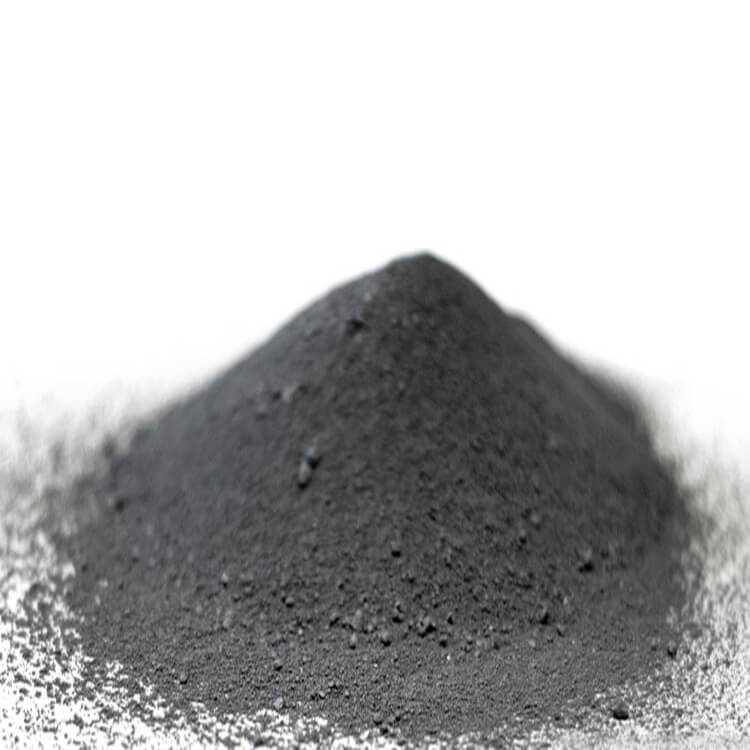

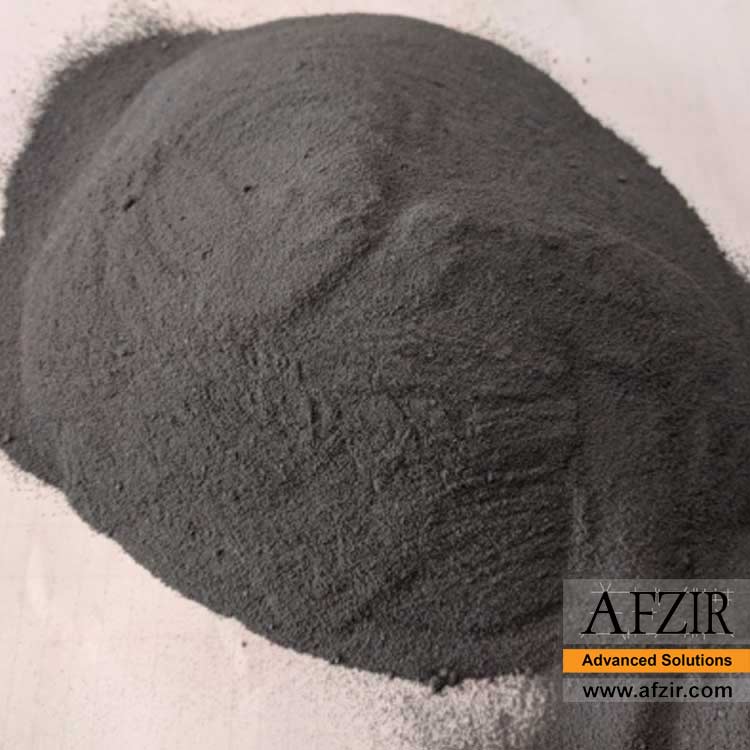

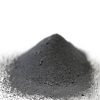
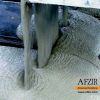
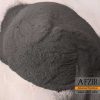
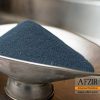








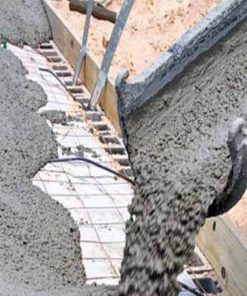










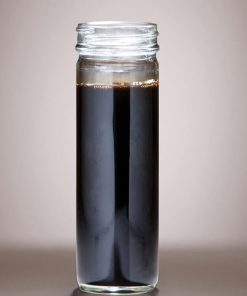
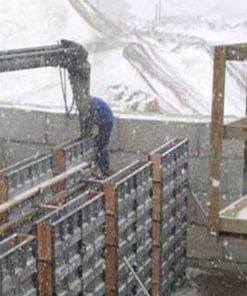

Be the first to review “Densified Silica Fume Powder”